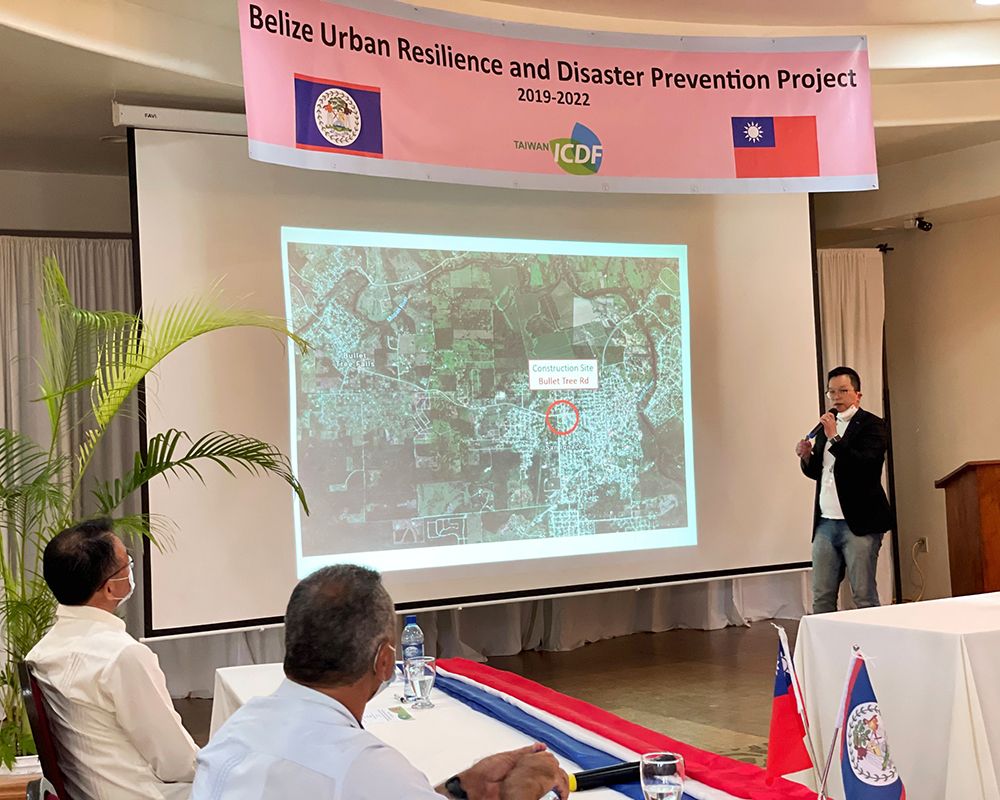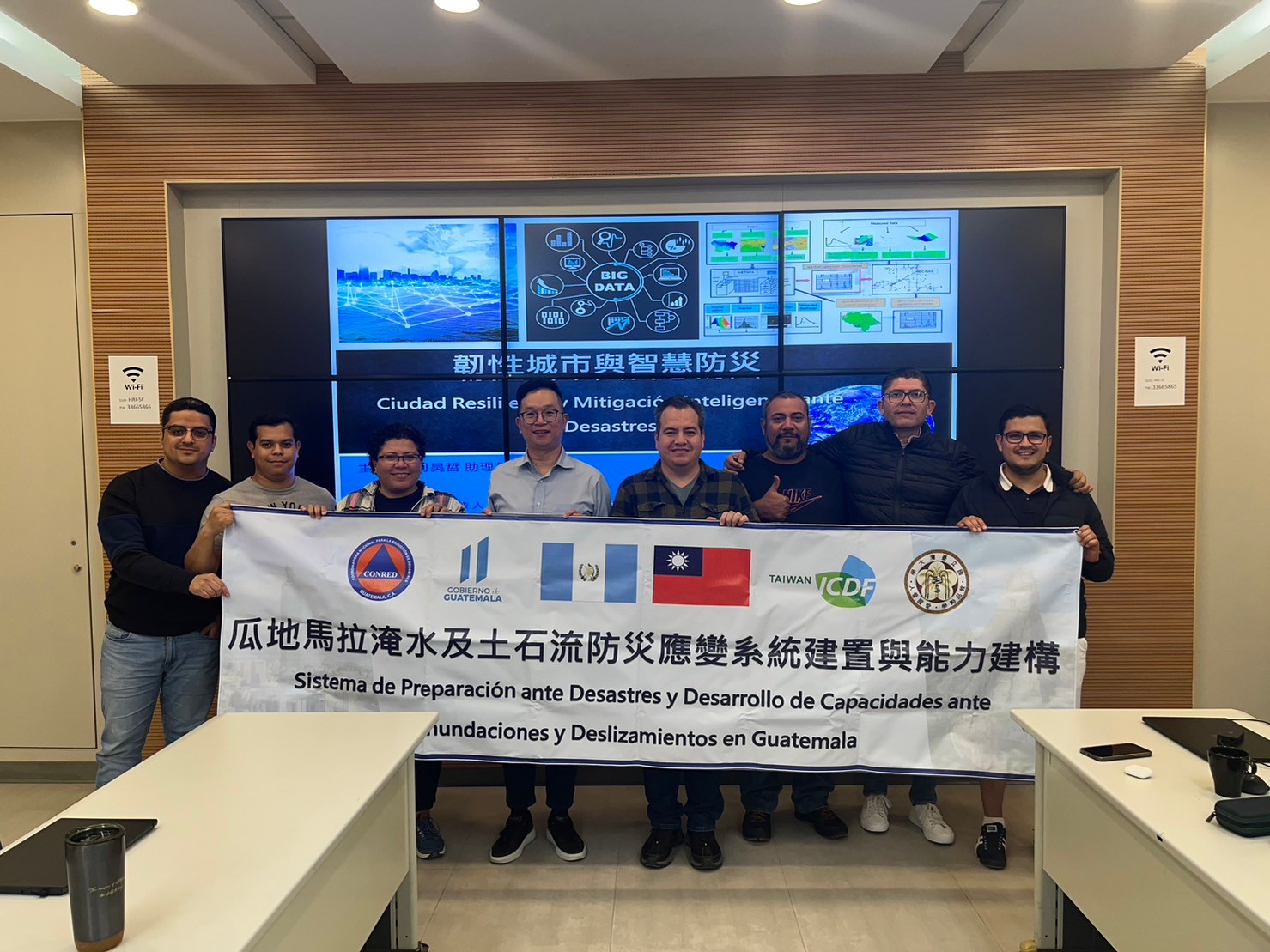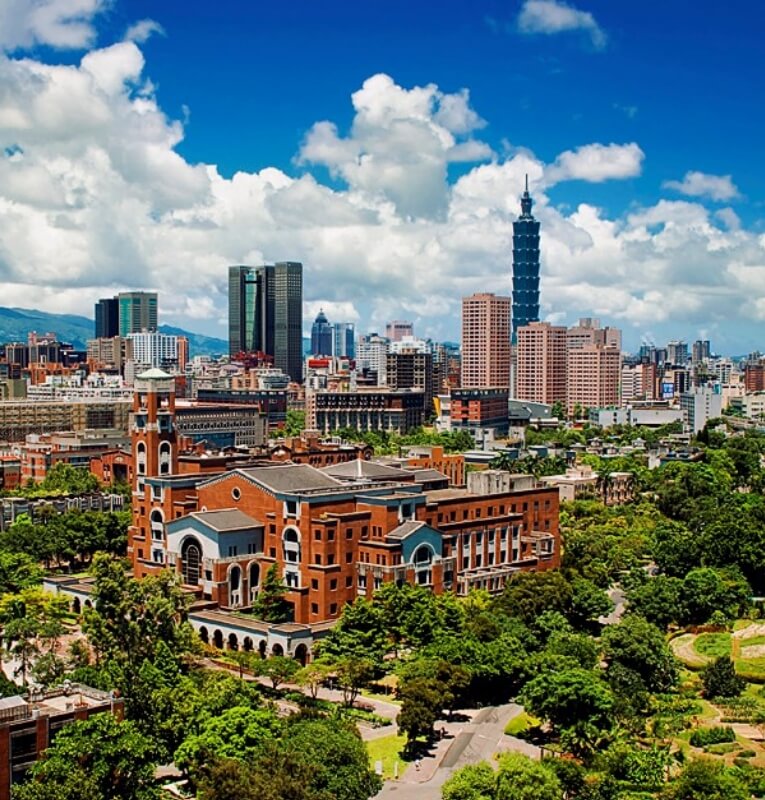Supporting Local & National Government
NTU faculty members serve in several climate change-related offices, task forces, councils, and committees associated with the government. Including:- Environmental Impact Assessment Review Committee Members for the Ministry of Environment
- National Sustainable Development Council
- Executive Yuan's Net-Zero Technology Solutions Task Force
- Executive Yuan's Office of Energy and Carbon Reduction
- Debris Flow Warning Systems (2021~2023)
- The Study on Flooding Risk of Transportation Critical Infrastructure of Metro Taipei Due to Climate Change (2021~2023)
On the local level, a research group from the Center for Weather and Climate Disaster Research at NTU supported the Taipei City Government on climate change risk monitoring and adaptation plans. The project aimed to use monitoring tools to assist Taipei City citizens (government) in reducing the impact of climate disasters (extreme weather events).
Supporting Overseas Government
NTU cooperated with the Taiwan International Cooperation and Development Fund (TICDF) to develop disaster relief projects for developing countries to adapt to extreme weather under climate change. In 2019 TICDF set up a three-year project "Belize Urban Resilience and Disaster Prevention Project", with the Center for Weather Climate and Disaster Research at NTU giving most of the technical support. The project has been extended and resigned for three more years on Dec 1, 2022. The project assists the Government of Belize (national) and the San Ignacio/Santa Elena town council (local) in marking out the potential flood areas and strengthening monitoring, as well as establishing an early warning mechanism for floods.
Figure 1: Assistant Professor of the Department of Civil Engineering Hao-Che Howard Ho (right) introducing the BURDP Project to Taiwan’s Ambassador in Belize David Kuan-Chou Chien (first left) and Belize’s Minister of Sustainable Development Orlando Habet (second left).
Guatemala faces a variety of natural disasters. Floods and landslides are caused by torrential rains, tropical storms, and hurricanes during the rainy season each year. Consequently, much of the terrain has been destroyed and many people live in high-risk disaster areas. In view of these challenges, the Center for Weather Climate and Disaster Research at NTU worked with the Taiwan International Cooperation and Development Fund (TICDF) and the National Coordinator for Disaster Reduction (CONRED), Guatemala to initiate the Guatemala Disaster Prevention and Early Warning System project (GDPEWS) in 2023. This project leverages climate information and technological disaster prevention tools to improve Guatemala’s resilience. The main contents of the plan include: (1) integrating flood and landslide disaster response information and building a disaster prevention and early warning information platform to assist decision-making; (2) establishing four disaster-prevention communities; and (3) improving the environmental monitoring system in the demonstration area.

Figure 2: GDPEWS project group photo





